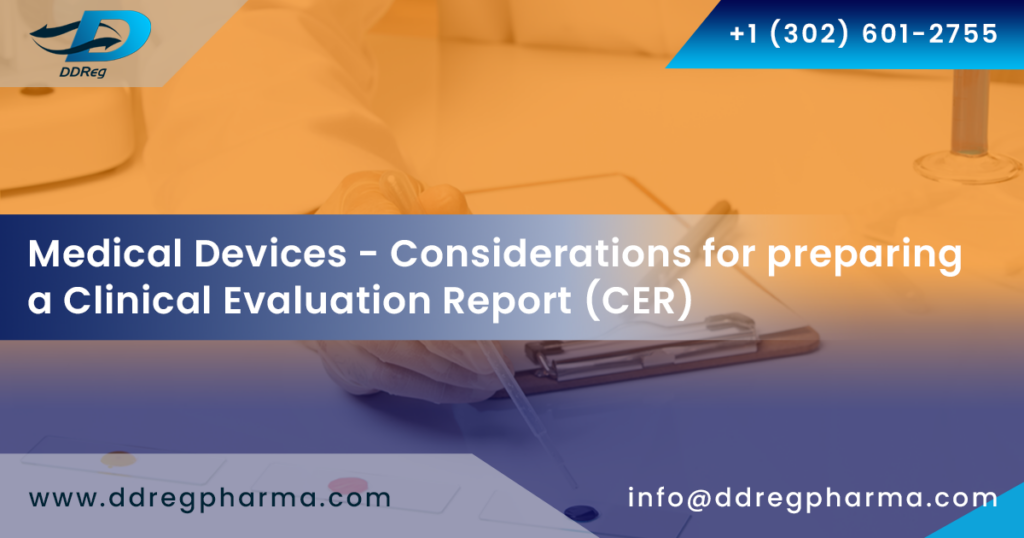The CER is built on credible clinical evidence, that constitutes data from clinical evaluation of the device which may include data and evidence from clinical experience, current literature, clinical trials, or a combination of all three, and must be updated on a regular basis particularly if new information emerges that could have an effect on the current clinical evaluation. The main aspects to cover in a CER include information on the device, its description, any clinically equivalent devices, methods that have been used for clinical evaluation, and final conclusions on the device’s safety & efficacy based on the collected data.
Scoping and designing a clinical evaluation plan (CEP)
Device manufacturers must define the scope of the medical device and CER based on the nature, clinical perspective, and background of the device before initiating the clinical evaluation. The scope provides the basic framework for conducting subsequent step-by-step activities, after which they should prepare a systematically structured CEP. The CEP should include all the specifications for the device, such as its description, the technology used in the medical device, its intended therapeutic use, the target population, and any performance or safety concerns.
Identify pertinent clinical data
Identify valid and high-quality clinical data from different sources, such as manufacturer-generated data, pre- and post-marketing clinical investigation data, and data from published literature, clinical studies, clinical experience, or a combination of these.
Appraisal of clinical data
Analyze the data to determine its relevance to clinical evaluation, the validity of each identified data set, as well as its value and contribution to the final report. It is important to keep in mind that uncertainties emerge from methodological quality of data & the relevance of the data to medical device evaluation in relation to its intended purpose.
All clinical data should be analyzed, and a conclusion should be drawn regarding the medical device’s compliance with each of the requirements necessary for the safety and reliability. The objective of the analysis phase is to determine the device’s risk/benefit profile, any remaining risks, any uncertainty regarding safety or efficacy, and the acceptability of any adverse effect.
After collecting, appraising, and analyzing the data, the findings must be communicated in the CER. This report should incorporate scientific evidence for conformity assessment to allow approval of the device for sale in the market. Any risks discovered in the internal and external data sets should be addressed in the final CER, which should also include any mitigation strategies. The CER conclusion should illustrate that the device’s claimed effectiveness and safety have been established, and that the risks involved with its use are within acceptable limits when evaluated against the patient benefits.
Regularly updating the CER
Even after obtaining marketing authorization for the medical device products, it is the responsibility of the manufacturer to continuously update the CER. Regular updates are necessary as aspect of post-marketing monitoring and vigilance activities. Usually, a CER should be updated every year, however, if the device is well established and has been in circulation for a while then the CER can be updated every 2-5 years. Failure to do so can result in non-compliance issues.
Preparing a compliant CER is crucial in order to obtain device approval in the European Union. However this can be a burden for manufacturers outside the Union that wish to penetrate the European market for the first time. Deficiencies in CERs can negatively affect conformity assessment which can impact device market access. Hence it is crucial to partner with experts that have worked in the European market. The medical writing team at DDReg has experience in authoring, compiling, and reviewing safety reports that are mandated by stringent regulatory agencies, such as EMA.

